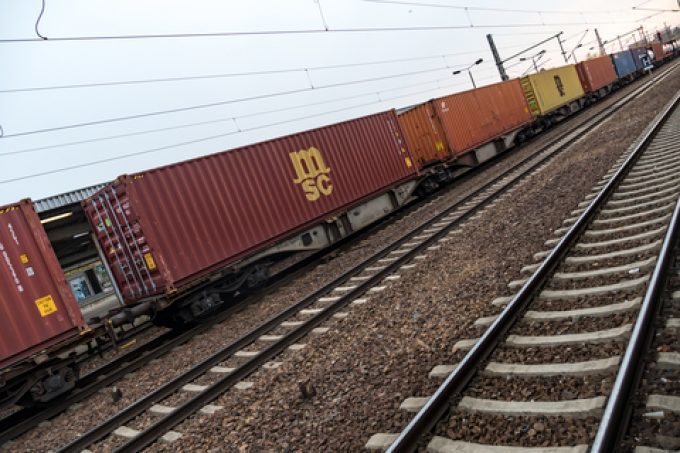
China Europe railway freight rate drops, but port congestion supports demand
In recent weeks, the railway freight rates and ocean freight rates of China and Europe have declined, but due to congestion in European ports, demand seems to remain strong.
According to the latest data of China National Railway Corporation, on August 21 this year, the number of China Europe regular trains reached 10000, 10 days earlier than last year, and the carrying capacity increased by 5% to 972000 TEUs.
Nevertheless, compared with previous years, the growth slowed down significantly, and most stakeholders attributed it to the impact of the war in Ukraine and the massive boycott of the northern railway through Russia.

However, one freight forwarder said that some shippers began to reuse Russian railways and faster trans Siberian routes to Europe, but most shippers continued to use the southern and central routes.
A Chinese freight forwarder said that freight rates also experienced a similar decline to ocean freight charges, as well as a general decline in demand across the industry.
"Railway orders from Europe have declined," he said. "And the interest rate dropped by 15%. Chongqing, Chengdu and Xi'an have stable production capacity."
According to Bansard International, the current rail transit time from China to Europe is 20-24 days to Lieri or Duisburg, although some services from Zhengzhou and Xi'an have a 5-7 day delay in departure time.
"The railway freight capacity of LCL cargo in September is sufficient. However, the space for FCL transportation is small," Bansard added.
Igor Tambaca of Rail Bridge Cargo said that the freight has been reduced to about 8000 to 9000 dollars per feu. He said: "The railway traffic volume has not returned to normal yet, but it is slowly recovering, and customers are choosing railway for emergency transportation due to strikes and transport delays at European ports."
In addition, Tambaca said that the congestion in Europe is helping to boost the demand for European railway exports to China.
He explained: "It takes an average of 34-45 days for sea transportation from Europe to Asia, while it takes 19-22 days for railways."










Leave A Comment